Sustainability Plan 2025–27







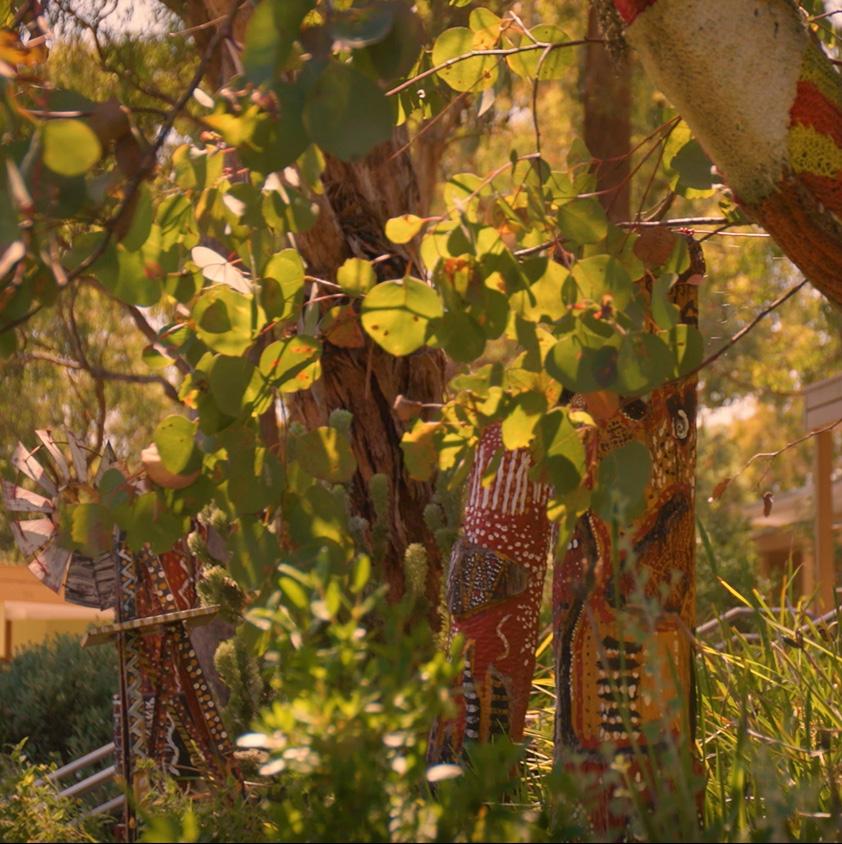
We acknowledge the Traditional Custodians of this land and their continuing connection to land, sea and community.
We pay our deepest respects to the elders and ancestors of the Wurundjeri people of the Kulin Nation, whose Country is home to our Kew, Donvale and Bulleen campuses; the Tatungalung Clan of the Gunaikurnai people, where Camp Toonallook lies; and the Djiru people, traditional custodians of the Mission Beach area where Carey Zero lies.
We recognise the injustices endured by the First Nations peoples of this country.
At Carey, we recognise the critical importance of sustainability and the need to take meaningful action to protect our environment for future generations. Our goal to achieve Net Zero is a bold and necessary step in this direction. As educators of tomorrow’s generations, we have an obligation to take action and show that there is a hopeful path to the future. The Sustainability Plan reflects our shared responsibility to reduce our environmental footprint while embedding sustainability across all aspects of our school community.
This plan not only sets clear targets for reducing emissions, conserving resources and fostering biodiversity, but it also emphasises the role of education, engagement and community in driving change. Through collaborative efforts and a deep sense of accountability, we will create a more
sustainable future for our students, staff and the wider community.
I am proud of the collective work that has gone into shaping this plan and am confident it will serve as a guiding light for our journey to Net Zero. Together, we will make a lasting, positive impact.

Jonathan Walter Principal

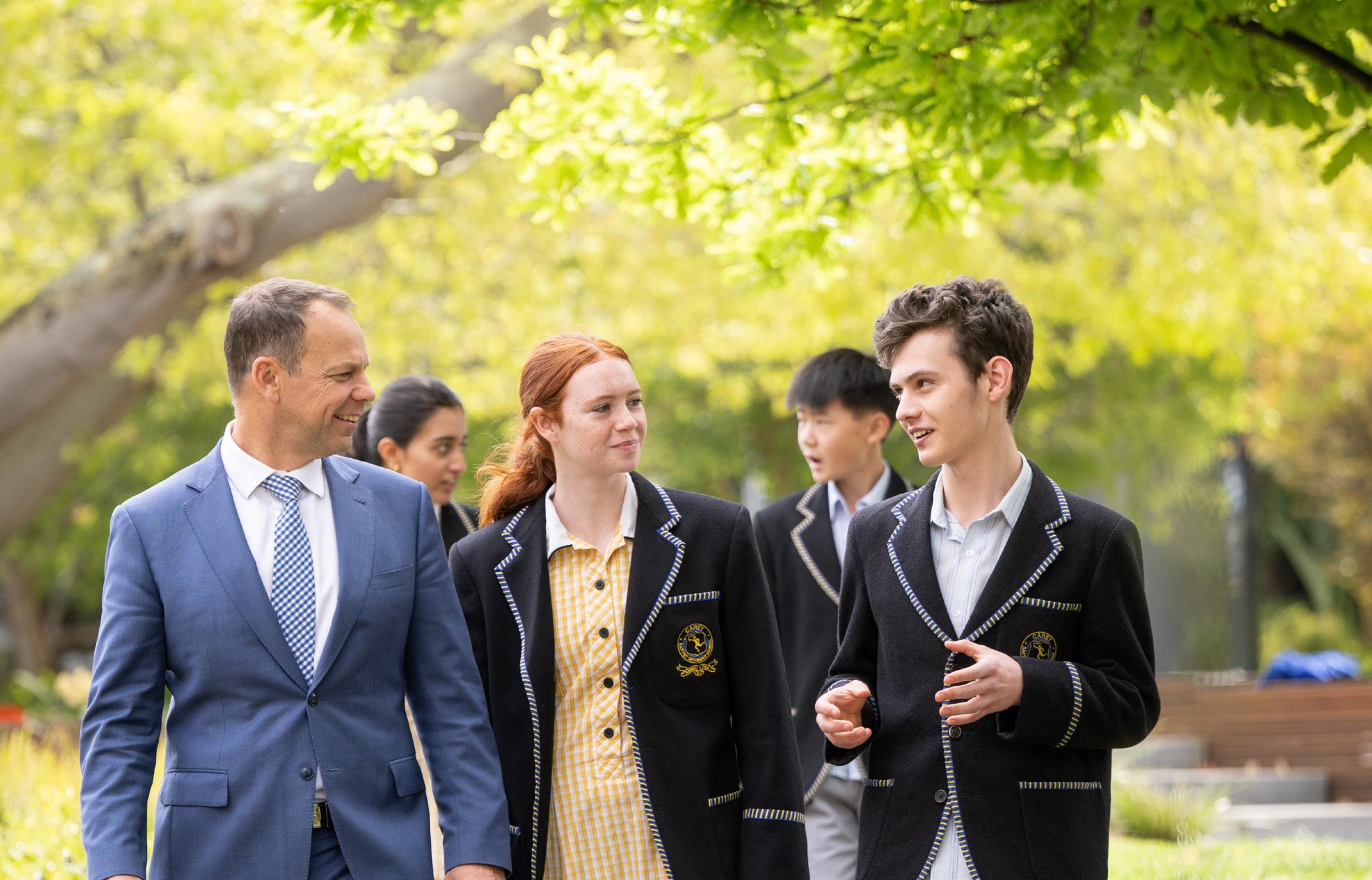

Carey Baptist Grammar School has a strong commitment to sustainability and environmental stewardship. Through quality education, community engagement and sustainable campus operations, Carey will help to pave the way for a more sustainable future.
Sustainability is embedded in the School’s strategic priority of Sustainable Futures.
Net Zero by 2035
Carey is working towards the goal of Net Zero by 2035 to showcase our dedication. This decision reflects our steadfast commitment to leading positive change and reducing our carbon footprint, and highlights our dedication to sustainability and environmental stewardship. By setting ambitious goals and implementing comprehensive plans, Carey is raising its benchmark to a higher standard.
This document, Carey’s Sustainability Plan 2025–27, was created in consultation with CERES, and outlines key milestones over the next three years on the journey towards Net Zero. This includes specific actions across all campuses to minimise environmental impact, such as reducing emissions from energy, transport and waste; conserving water; and increasing recycling and biodiversity. It will also address integration of sustainability in education and community programs, to ensure sustainability is embedded within all aspects of Carey’s operations and culture.
The Plan will act as a roadmap for actions and will be supported by monitoring, reporting and a mid-year summary and annual report. This robust monitoring process will ensure that Carey’s emissions and impact are regularly and consistently measured, allowing for timely and transparent reporting on yearly targets.
At the end of the Plan’s threeyear period, Carey will develop a new Sustainability Plan to guide the School to Net Zero by 2035 and to accommodate for climate disclosure requirements.
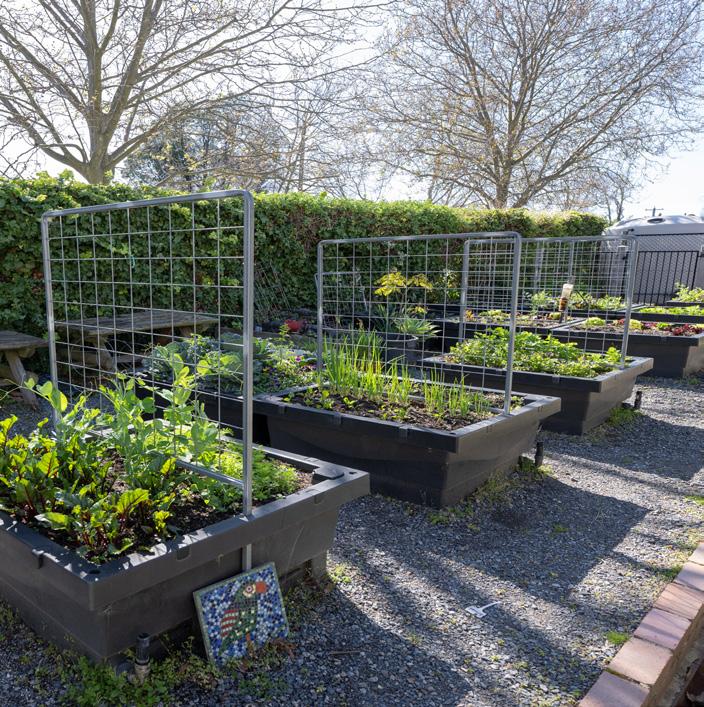
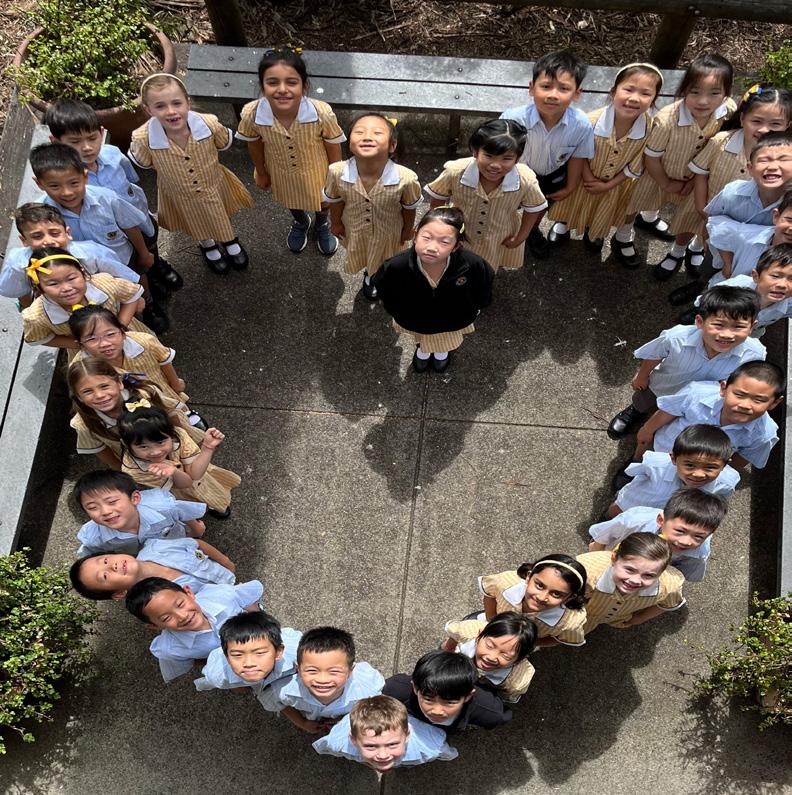
Strategic Priority
‘In order to preserve our world and our school for our students, we are actively engaged in sustainable practices across our environmental, financial and educational operations.
‘We recognise our role as a school community to act with responsibility to the environment and empower students to lead environmental and social sustainability projects.
‘We partner with our local and global communities to support the development of work and life skills in students, the understanding of Australian First Nations heritage, and the financial viability of the School through advancement initiatives.
‘We are agile and continue to adapt to our rapidly changing world by harnessing technology, evolving our educational model and continuing to maintain an even gender balance through our enrolment process.’
Strategic Direction Statement, Carey Baptist Grammar School, 2023

Carey is committed to advancing local actions that contribute to a global agenda, to play our part in preserving our world and school for our students. Our sustainability commitments are aligned to the 17 Sustainable Development Goals (SDGs) adopted by all UN Member States in 2015, which are a global call to action and partnership for a more peaceful and prosperous future for all people and the planet.
Carey’s Sustainability Plan will contribute directly to progress of the SDGs and activate education opportunities for the goals. As a leading education institution, particular focus will be given to Goal 4: Quality Education.

Goal 4 is centred around creating lifelong learning opportunities for all and helping learners acquire and harness skills to promote sustainable development and sustainable lifestyles.


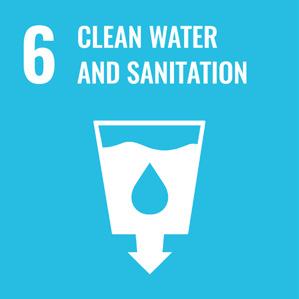
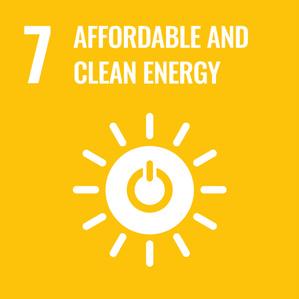

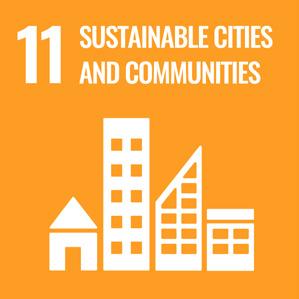

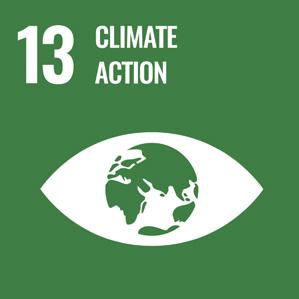

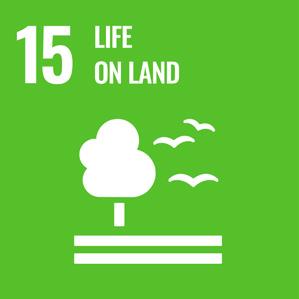
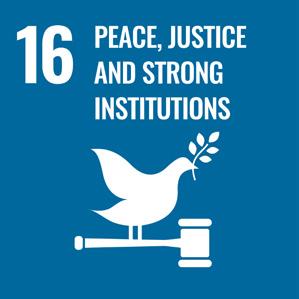

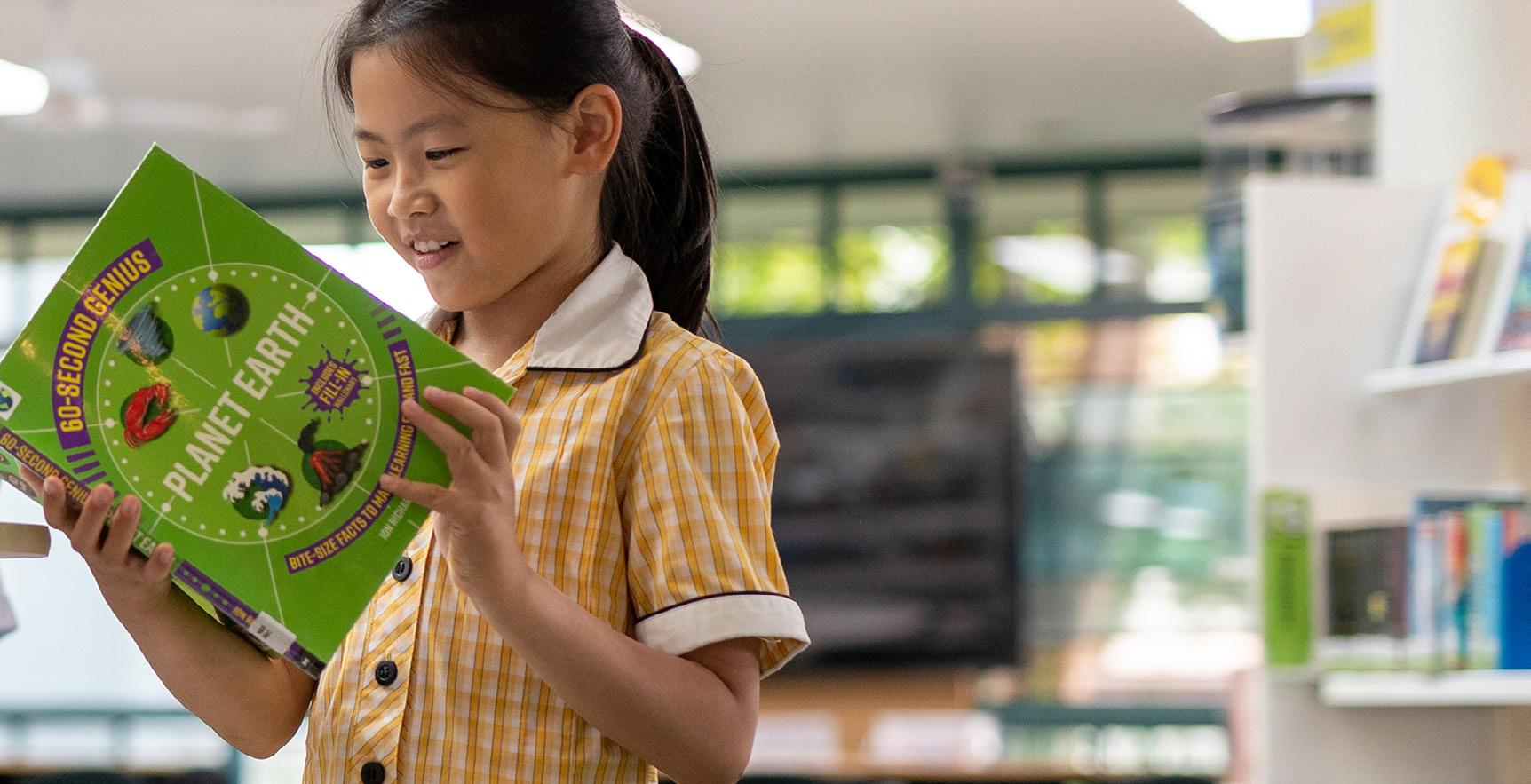
To enable Carey’s sustainability commitment, the School has established sustainability milestones with measurable targets set for 2025, 2026 and 2027.
These milestones and targets were set based on data and recommendations compiled in Carey’s Sustainability Baseline Report, which was developed in collaboration
with CERES, and endorsed by the Carey Board in February 2024. Since its publication, the Baseline Report has provided essential data on the School’s environmental impact in 2022 and helped lay the groundwork for improvements, including the creation of this Plan.
Carey’s sustainability priorities and targets are underpinned by best practice principles and

policies, with the fundamental goal of preventing emissions and environmental impact by stopping them from occurring in the first place. After implementing all possible strategies to reduce emissions, high-quality offset projects will be used to balance any unavoidable emissions that remain, bringing the school to Net Zero.
By 2027
Governance structure oversees emission reduction and mandatory climate disclosure requirements.
Energy audits conducted at each campus to identify low efficiency and gas infrastructure.
Scope 1–3 emissions profile expanded.
Emission reductions policies and actions implemented at each campus.
Inventory of energy assets and infrastructure completed at each campus.
Organics and commingled materials recycled at all campuses.
75% reduction in emissions.
Power consumption standards set and policies to lead energy conservation.
Packaging of major supplies and regular purchases are made from resusable and/ or recylable materials.
Annual waste audits conducted at each campus identify reduction of landfill and increase in recycling.
23% reduction in electricity use and 30% reduction in gas use.
54% reduction in landfill waste and 40% of materials are recycled.
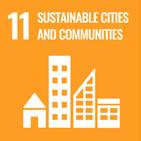









Purchasing and Procurement
Sustainable Purchasing and Procurement Policy informs all operations and events.
Sustainable and Active Transport Policy defines principles to plan infrastructure.
Water audits conducted at each campus to identify infrastructure and consumption.
Green Spaces Improvement Plan leads to increased habitat quality at each campus.
Inventory of Scope 3 emissions in School’s supply chain.
Where available, hybrid or electric vehicles are hired or purchased for education and business travel.
Products and consumables are sourced from suppliers committed to sustainability.
25% reduction in paper use.
Sustainable and active transport is accessible and attractive to users.
Inventory of water assets and infrastructure at each campus.
Grounds planning includes climateresilient and water-sensitive landscapes to meet climate adaptation needs.
Targets for reduction begin in 2027.
Water infrastructure expanded to rainwater catchment and reuse.
Student and staff learning utilises green spaces to nurture nature connection and wellbeing.
22% reduction in water use.
30% increase in habitat quality score.







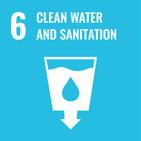









Climate mitigation and adaptation are central to Carey’s sustainability commitment. Over the next three years, our focus will be on establishing a robust sustainability governance structure and building an understanding of the School’s operational emissions profile. This will help prepare the School for Australian Government-mandated climate disclosures beginning July 2027. Any available initiatives that can quickly reduce emissions and engage the community will also be implemented. By reducing emissions and preparing the School and our community for climate impacts, Carey will drive positive change aligned with Goals 11, 13 and 16 of the SDGs.
Baseline
Milestones
75% reduction in emissions
Milestones
• Governance structure oversees emission reduction and mandatory climate disclosure requirements.
• Scope 1–3 emissions profile expanded.
• Emission reductions policies and actions implemented at each campus.
2027

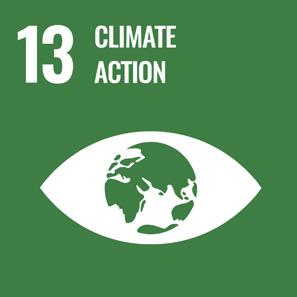

• Purchase of 100% GreenPower across all main Carey campuses.
• Create a governance structure to manage climate and sustainability projects and budgeting with clear distribution and delegation of responsibility and internal processes.
• Provide sustainability training to staff and stakeholders.
• Follow resource consumption hierarchies, with prevention of emissions being the highest priority action and offsetting being the lowest.
• Build an inventory of Scope 1–3 emissions at the School based on the Greenhouse Gas Protocol.
• Model expected climate physical and transition risks and opportunities (scenario analyses, risk assessment).
• Reduce resource consumption across areas with high emissions and visibility (energy, transport, waste).
• Offset remaining unavoidable emissions with high-quality projects.

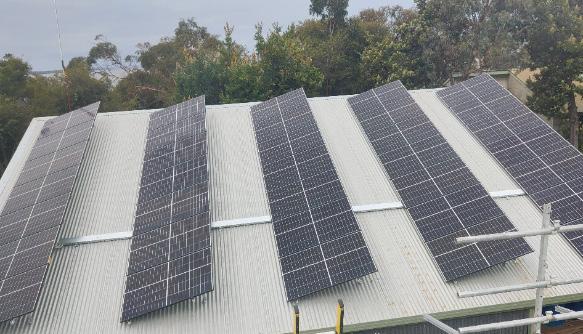
Energy plays a crucial role in climate mitigation. Reducing power consumption and transitioning to renewable energy sources at Carey will help lower grid demand, support wide-scale electrification, cut emissions and drive positive change aligned with Goals 7, 11 and 13 of the SDGs.
Carey switched to 100% GreenPower in 2024 and the installation of a 25kW solar system at Camp Toonallook in late 2022 has been a great step forward as energy was this campus’s most significant source of emissions in 2022. Over the next three years, we will focus on further understanding our energy infrastructure, and develop policies and programs with the School community to support energy conservation across all campuses.
Milestones
• Energy audits conducted at each campus to identify low efficiency and gas infrastructure.
• Inventory of energy assets and infrastructure completed at each campus.
• Power consumption standards set and policies to lead energy conservation.
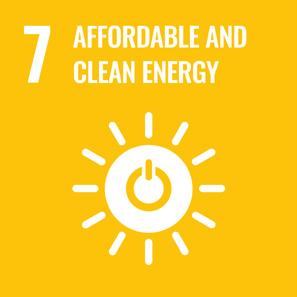


• Installation of a 25kW solar system with 62PV solar panels at Camp Toonallook.
• Purchase of 100% GreenPower across all main Carey campuses.
• Phase 1 Electrical Metering Project. Additional meters have improved electrical monitoring capability across the Kew campus and extended the Electrical Management System to include Donvale campus. Granularity improved to help isolate areas such as the canteen in the Quadrangle and individual areas such as Building A and B. Metering has identified standby loads for areas to improve.
• Trial to install improved indoor air quality monitoring in the CLI building using LoRaWAN – wireless CO2 and Temperature/Humidity sensors.
• Middle School Building Management System tuning and monitoring improvements have reduced annual gas consumption.
• Installation of a 39.6kW solar system at Carey Zero.
• Installation of 99.5kW solar system at Kew campus.
• Conduct a comprehensive energy audit to identify buildings of high energy use at each campus.
• Create a shutdown procedure and establish guidelines for energy behaviour and use, e.g. HVAC temperature settings, lighting schedules, using the building management system.
• Set up a procurement policy to ensure highest-energy-rated infrastructure and appliances are in place upgrading new appliances (e.g. LEDs only).
• Design an energy conservation campaign with students and staff to promote behaviour change based on the recommendations of energy audits.
• Shift from gas to electric appliances after exploring their feasibility, i.e. electrify inefficient and end-of-life gas heaters and gas hot water units.
• Explore upgrading aquatic facilities with non-gas alternatives like PVC/ thermal solar-assisted heat pump (PVT-SAHP), water solar-assisted heat pump (W-ASHP), or a waste heat recovery system.


Increasing resource recovery and eliminating waste is fundamental for a sustainable campus. Carey’s waste management follows circular economy principles that focus on eliminating waste at its source, prioritising reuse and achieving high levels of recycling. A key priority over the next three years will be engaging the School community to drive lasting behaviour change at all levels and across all campuses, aiming for an ambitious target of a 54% reduction of landfill waste and increasing the amount of materials recycled to 40% by 2030.
By increasing resource recovery and eliminating waste, Carey will drive positive change aligned with Goals 11, 12, 13 and 15 of the SDGs. 2027
Milestones
• Organics and commingled materials recycled at all campuses.
• Packaging of major supplies and regular purchases are made from resusable and/or recylable materials.
• Annual waste audits conducted at each campus identify reduction of landfill and increase in recycling.



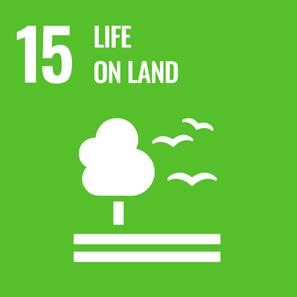
• Deployment of Food Organics and Garden Organics (FOGO) bins at the Kew and Donvale campuses accompanied by new bin signage.
• Construction of a centralised collection site near the Sackville Street entrance adjacent to the Kew Junior School campus for waste.
• Solar Cones being trialled to compost food waste at the Donvale and Bulleen campuses.
• Replacing non-recyclable packaging used in canteen and event catering with reusable packaging where possible, or recyclable packaging for the commingled or FOGO bins.
• Carey Swap Shop.
• Trialling soft plastics collection with RecycleSmart at Bulleen campus.
• Recycling of e-waste including batteries and old computer bags.
• Reusable Cup initiative at the Kew campus.
• Community education and behaviour change programs run by the Environment Group.
• Keep Carey Beautiful Brigade in the Middle School collecting litter in the grounds around Middle School at the Kew campus.
• Junior School food waste, composting and resource recovery education programs, e.g. worm farms, education sessions on waste, etc.

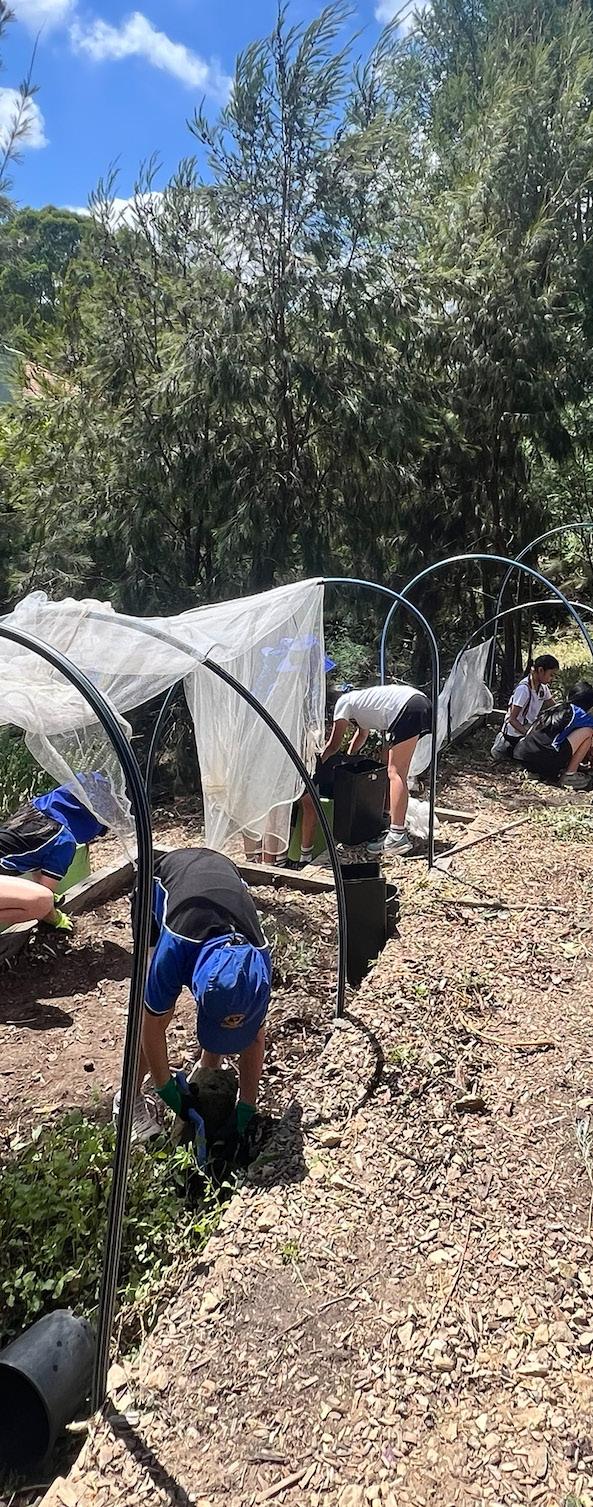

• Expand resource recovery programs at the Carey Swap Shop.
• Close the loop on food waste at Carey Zero with the help of a grant from the Cassowary Coast Council.
• Participate in the Victorian Container Deposit Scheme.
• Awareness and education towards placing the waste in correct bins.
• Design tailored signage and an education campaign in collaboration with students and staff.
• Install signage to help educate students and staff on correct bins to use.
• Work with the canteen and event catering to find alternatives to single-use packaging and increase recycling of food waste.
• Trial Waste-Free events using Green My Cup to reduce waste from single-use items at large events.
• Recycle garden waste at the School through FOGO skips and compost bins.
• Map the lifecycle of significant or common goods purchased at the school against circular economy principles (e.g. IT equipment, furniture etc.) and create recycling or reuse pathways for each. Use these findings to influence future purchases of significant or common goods.

Responsible purchasing and procurement of goods and services is key to sustainable operations and cutting Scope 3 emissions, which are often the bulk of an organisation’s footprint. It also offers a chance to promote sustainable and ethical practices throughout the industry. Scope 3 emissions was not fully included in Carey’s 2022 Baseline Report; however, over the next three years, Carey will develop policies and criteria to guide purchasing and procurement, integrate these standards into internal processes and work with suppliers and vendors to advance together towards a sustainable future. Through responsible purchasing and procurement of goods and services, Carey will drive positive change aligned with Goals 9, 12, 13 and 17 of the SDGs.
Milestones
• Sustainable Purchasing and Procurement Policy informs all operations and events.
• Inventory of Scope 3 emissions in School’s supply chain.
• Products and consumables are sourced from suppliers committed to sustainability.



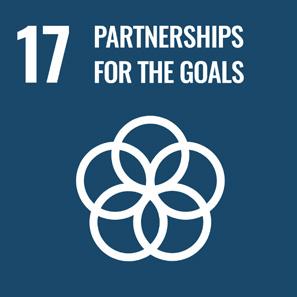
• Marketing has moved away from non-recyclable bags, plastic mail bags and single-use merchandise from 2020.
• Elimination of non-biodegradable single-use items and disposable coffee cups in the canteen.
• Purchase of bulk supplies for staff rooms replaced individuallywrapped items, e.g. ordering bulk coffee, sugar and biscuits.
• Source ingredients from local food producers, ethical companies and purchase items in bulk at Carey Zero.
• Minimise paper use and consumption of all single-use items in teaching and learning programs.
• Digitisation of learning materials is expected to happen across all campuses and all school levels.

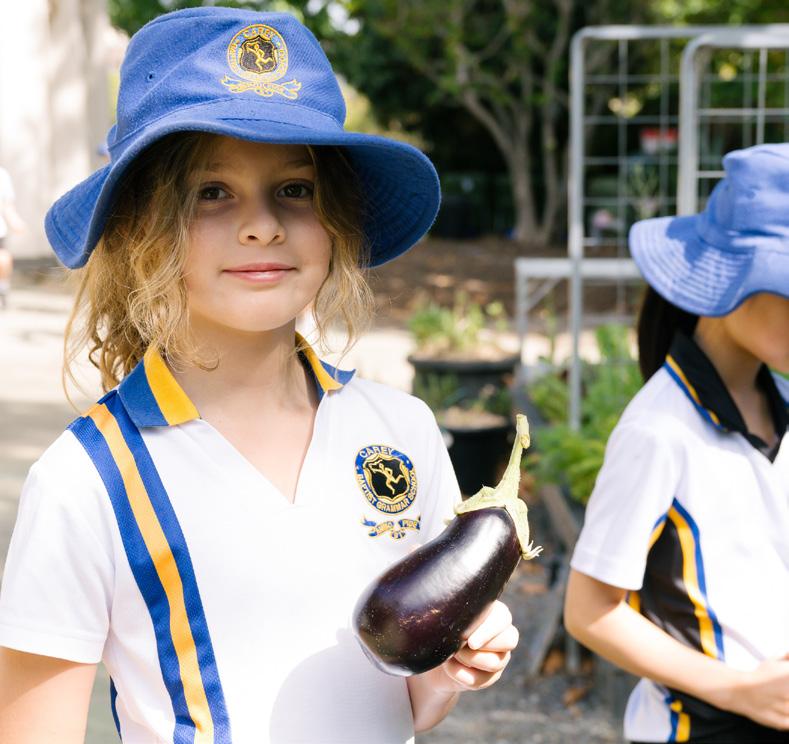
• Review procurement processes and create criteria to guide the Sustainable Purchasing and Procurement Policy.
• Create a Sustainable Purchasing and Procurement Policy for use in all operations and events.
• Increase package-free offerings in canteen and event catering to reduce the use of single-use plastics and landfill waste.
• Align purchase of packaging with recycling streams in commingled or FOGO to avoid waste to landfill.
• Procure paper made from 100% recycled paper with carbon neutral certification to avoid deforestation.
• Switch to digital resources where possible and continue to reduce printed materials.
• Run education campaigns engaging with environmental, social and ethical impacts in the food supply chain, e.g. Meat-Free Mondays, Plastic-Free July, Love your Local, Package-free (or Nude Food) lunch boxes.
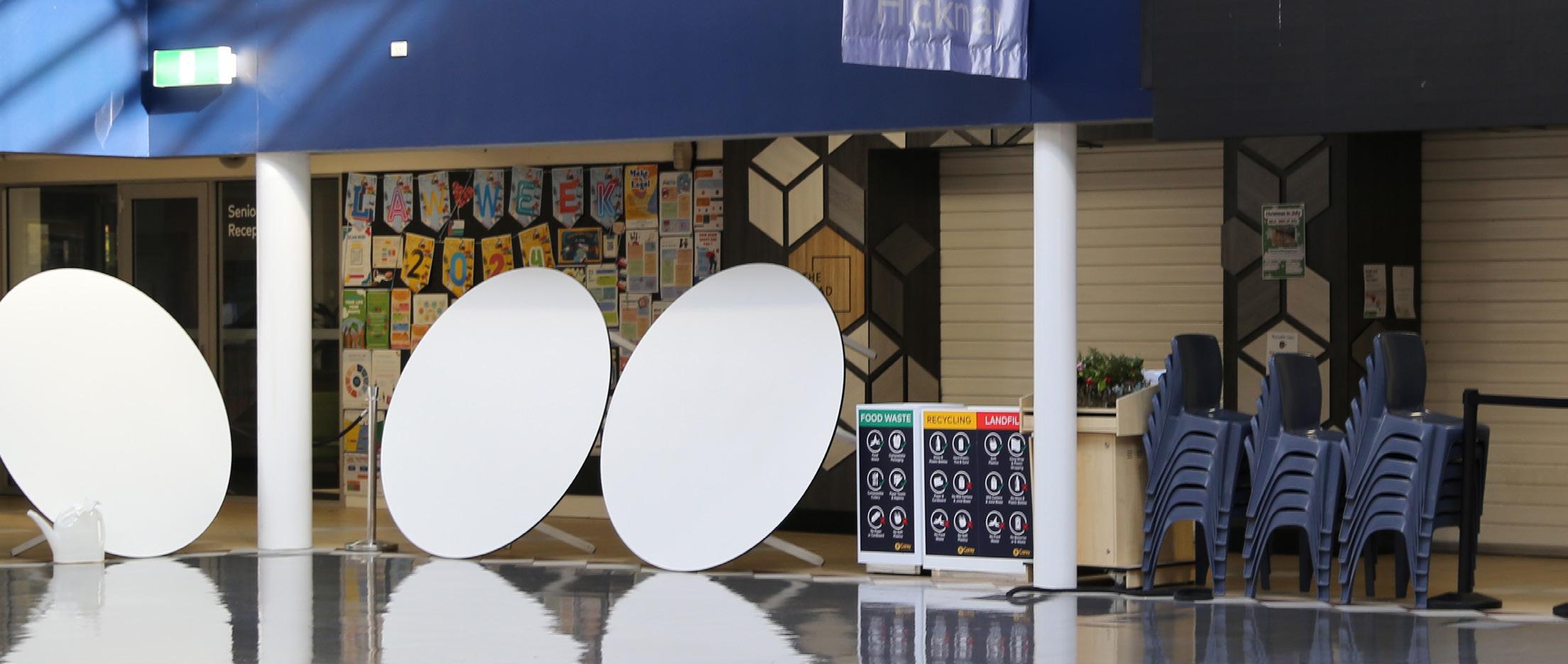

Sustainable and active transport plays a key role in climate mitigation and the promotion of everyday health and wellbeing habits of our students, staff and extended community. Carey will focus on advancing sustainable and active transport options as a priority over the next three years, as well as working on programs and campaigns with students and staff. By prioritising accessible, sustainable and active transport, Carey will drive positive change aligned with Goals 3, 11 and 13 of the SDGs.
Milestones
• Sustainable and Active Transport Policy defines principles to plan infrastructure.
• Where available, hybrid or electric vehicles (EV) are hired or purchased for education and business travel.
• Sustainable and active transport is accessible and attractive to users.



• No targets were set for program and maintenance vehicles and staff business travel while preparing the 2022 Baseline Report; however collection of robust data is a current priority.
• Transport Survey conducted in Term 2 2024 to inform future actions.
• Reduce emissions for program and maintenance vehicles and staff business travel by 10% each year from 2028 until 2030.
• Reduce transport emissions by switching to hire of hybrid/EV where available, and ensuring hire of buses and cars match size to the number of travellers to reduce emissions from the fleet.
• Implement transport strategies at each campus focussing on providing and promoting infrastructure for sustainable and active transport – walking, cycling, public transport and ride sharing.
• Promote use of videoconferencing or other remote methods of communication to substitute staff travel where suitable.
• Incorporate EV charging infrastructure on campus and explore options to switch to hybrid/EV in third-party hire.
• Offset 100% of all student, staff and business air travel.


Conserving and managing our water is integral to our climate mitigation and adaptation efforts, as fresh water is a finite and valuable resource, especially with projected scarcity in Australia from climate impacts. The School has initiated some steps in conserving and managing water, and over the next three years will build an understanding of water infrastructure across all campuses to identify areas of improvement, set standards for future builds and involve the community in conservation projects to support its reduction targets. Taking a water-sensitive and integrated water management approach at Carey will drive positive change aligned with Goals 6, 11, 13 and 14 of the SDGs.
Baseline Milestones
22% reduction in water use
2027
Milestones
• Water audits conducted at each campus to identify infrastructure and consumption.
• Inventory of water assets and infrastructure at each campus.
• Water infrastructure expanded to rainwater catchment and reuse.




• Participating in the Schools Water Efficiency Program through Yarra Valley Water to monitor water use and act on leaks and issues as soon as they occur.
• Reduced flow devices to minimise water consumption in buildings.
• Sub-metering for multiple buildings at the Kew campus recording water consumption via Building Management System.
• Smart water refill station inside Senior School quadrangle area to reduce and eliminate plastic bottled water purchased from the canteen.
• Grutzner Centre for Learning and Innovation and Centre for Creativity and Collaboration have water recycling plants delivering recycled water to toilets and irrigation systems.
• 70,000-litre water tank under De Young Centre for Performing Arts harvests rainwater to supplement Sandell Oval Irrigation.
• Multiple rainwater tanks around Kew and Donvale campus buildings assist with irrigation.
• Four large in-ground water tanks at Camp Toonallook supply rainwater for the ablutions building.
• Bolin Bolin harvesting system collects and stores rainwater and stormwater used for irrigation of sporting fields at Bulleen campus.


• B Building and Hickman Building toilets have been plumbed for connection to harvested rainwater.
• Bulleen pool rainwater tanks to be connected to a filter and used to supplement pool water.
• Design standards for sustainability in the masterplan to inform minimum water conservation initiatives for future renovation and building works.
• Conduct a water audit at each campus to identify existing rainwater, stormwater and drainage infrastructure and areas for improvement.
• Create and implement a water-sensitive, integrated water management strategy to reduce mains water usage, improve water efficiency data and systems, and protect local waterways and resources (e.g. toilets flushed with rainwater, irrigation connected to rainwater tanks).
• Include water-saving and water-efficiency infrastructure guidelines in the Sustainable Purchasing and Procurement policy.
• Conduct water-conservation and -saving activities with students.
• Take simple measures offered by sources such as Smart Water Mission to encourage water saving actions amongst students and staff.

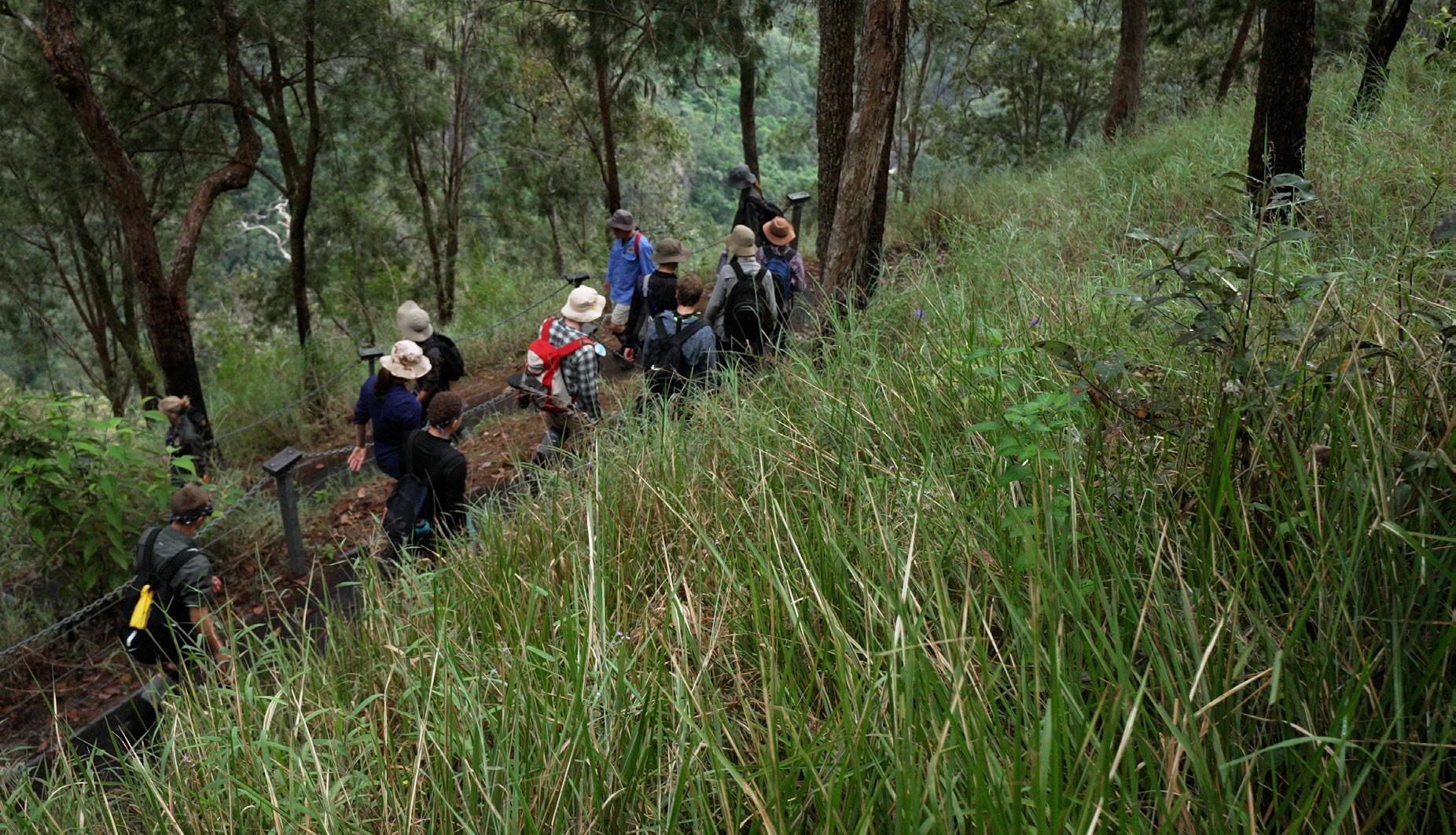
Carey recognises our responsibility to manage the land and waters across our five campuses and facilities across two states – Victoria and Queensland. Caring for green spaces is especially important for local flora and fauna, climate mitigation, adaptation and resilience, as well as the continued health and wellbeing of students and staff.
Over the next three years, Carey will focus on understanding the characteristics of the natural environment our campuses are located on, and incorporating a clear climate-resilient, biodiverse criteria for current and future planning. A key part of this will be engaging students and staff, and forming partnerships with local groups and First Nations communities to learn ways of connecting to local places and caring for Country. The 2024 Biodiversity Audit at the Kew campus found ample opportunities for improving green spaces and increasing habitat quality. Caring for green spaces at Carey will drive positive change aligned with Goals 3, 11, 13, 15 and 17 of the SDGs.
Baseline Milestones
30% increase in habitat quality score
Milestones
• Green Spaces Improvement Plan leads to increased habitat quality at each campus.
• Grounds planning includes climate-resilient and water-sensitive landscapes to meet climate adaptation needs.
• Students and staff learning utilises green spaces to nurture nature connection and wellbeing.
2027





• The Carey Zero program at the Kew campus, where Year 10 students learn about environmental sustainability and responsibility, including from a First Nations perspective. The program includes a three-week expedition to Far North Queensland for hands-on research and conservation work.
• Environmental Leadership Training with students through a City of Boroondara Council grant.
• Education program created by students for the Carey community about local wildlife.
• Fundraising to support Australian Wildlife Conservancy which supports Carey Zero.
• Fundraising to expand the wildlife garden at the Kew campus.


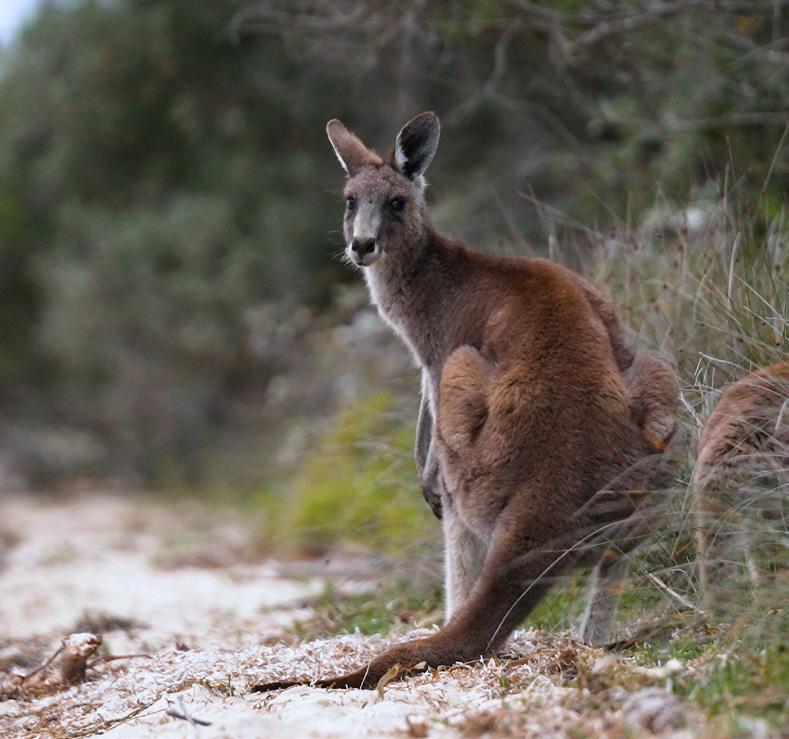
• Creation of a wildlife garden in the Middle School through a City of Boroondara Council grant.
• Annual biodiversity audits conducted at all campuses.
• Engage students to increase their awareness levels of green spaces through Carey Zero.
• Create clear planning and procurement guidelines to protect and enhance climate-resilient, water-sensitive and biodiverse green spaces.
• Increase the quality of habitat to help native plant and animal species and local ecosystems thrive, with native plants, pollinator gardens and soil management programs prioritised.
• Connect the School community to local places by learning about native plant and animal species found in adjacent parks.
• Help care for Country by partnering with local First Nations communities and learning from and celebrating their ecological and cultural knowledge.

The following table shows the projected reduction of consumption in 2025–27 and in 2030. Targets may adjust year to year when missing consumption data is released.
Table 1. Consumption targets 2025–27 and 2030
The following table shows the emissions at baseline year and projected reduction of emissions in 2025-2027 and in 2030. Targets may adjust year to year when updated emissions factors are released, or if significant changes to baseline consumption occurs due to newly available data.
Table 2. Emissions Targets 2025–27 and 2030
*Purchasing 100% GreenPower from 2023, therefore associated emissions is 0.
The following table shows the baseline year per sector and relevant assumptions to the baseline year data and notes on future adjustments.
Table 3. Baseline data assumptions and adjustments
All calculated as totals for the whole school (multiple campuses)
All -
Electricity 2022
Gas 2022
Landfill 2022
The emissions from electricity consumption are zero as the School is purchasing 100% GreenPower from 2023.
Gas invoices as issued are bi-monthly and periods do not align to calendar months. Gas usage has been aligned to the calendar month through calculations.
No waste data was available from the Toonallook campus on a monthly basis (static data to be made available by Carey).
The resource consumption and emissions of the Carey Zero campus has not been taken into account in this plan. Once a complete calendar year of data is available, the emissions and consumption targets in 2025–27 and projected reductions at 2030 will be recalculated in the School’s Sustainability Plan.
Donvale campus 2022 landfill weight was not available – therefore the NGA (National Greenhouse Gas Accounts) landfill density (97.15 kg/m3) was used to convert to weight from bin volume for the baseline calculations.
Recycling 2022
Paper 2022
Water 2022
Transport –road (student) 2022
An industry benchmark of 90% recycling rate is best practice; however, an improvement of 60% rate was used in this plan as an achievable target.
Office paper sheets assumed to be all A4 and 80gsm as no breakdown of A4 and A3 was available. Breakdown of paper use by campus was unavailable.
Water invoices are quarterly and periods do not align to calendar months. Water usage has been aligned to the calendar month through calculations.
Bulleen meter ‘169 – 173 Bulleen Road’ was missing Q3 and Q4 2022 data. Q3 and Q4 2021 data was used for the 2022 baseline calculations.
Panorama charters emissions (student road transport) calculated based on assumption that the fuel used is diesel.
Office paper sheets number to be adjusted by A4 and A3 and by campus if this data becomes available.
No rainwater data available – further investigation will commence in 2025.
Transport – road (programs and maintenance) 2024
Transport – Staff road travel currently includes program and maintenance vehicle fuel use per kms based on published emission factors for car models provided.
Where vehicles were available in diesel and unleaded petrol, diesel was assumed (conservative approach to collating the data).
Student (road transport) Baseline Year is 2022.
Student (air travel) to be added when a full year of data is available to establish the baseline year.
Staff – all (road transport) to be added when a full year of data is available to establish the baseline year.
Program and maintenance staff (road transport) baseline year is 2024 (based on Q1 2024 data). This may change when a full year of data is collected.
Staff air transport to be added when a full year of data is available to establish the baseline year.
Table 4. Emissions factors and sources
–purchased from grid (Victoria)
–purchased from grid (Victoria)
National Greenhouse Accounts Factors 2023 – Table 1
National Greenhouse Accounts Factors 2023 – Table 1 Natural gas –distributed in a pipeline
National Greenhouse Accounts Factors 2022, Table 4 – Combined gases factor
(Same factor used for 2023 and targets for each year) Natural gas –distributed in a pipeline (Victoria Metro)
– municipal solid waste
National Greenhouse Accounts Factors 2022, Table 4 – Combined gases factor
(Same factor used for 2023 and targets for each year)
National Greenhouse Accounts Factors 2022 – Table 16
(Same factor used for 2023 and targets for each year)
National Greenhouse Accounts Factors 2022 – Table 9
(Same factor used for 2023 and targets for
National Greenhouse Accounts Factors –August 2021 – Table 9
(Same factor used for 2023 and targets for each year)
Greenhouse gas (GHG) inventory and management plan 2020–21, EPA Victoria


October 2024
Disclaimer
CERES Consulting has prepared this document for Carey Baptist Grammar School, hereinafter ‘the Client’, based on an agreed scope of work and acts in all professional matters as an advisor to the Client and exercises all reasonable skill and care in the provision of its professional services in a manner consistent with the level of care and expertise exercised by members of the environmental profession.
The document is commissioned by and prepared for the exclusive use of the Client. This is subject to and issued in accordance with the agreement between the Client and CERES Consulting. No responsibility is accepted for the use of or reliance upon this document in whole or in part by the Client or any third party. The document is prepared with information supplied by the Client and other stakeholders. While care is taken to ensure the veracity of information sources, no responsibility or liability (including arising from negligence) is accepted for information that is withheld, incorrect or that is inaccurate. This document has been compiled at the level of detail specified in the scope of work and no responsibility is accepted for interpretations made at more detailed levels than so indicated, by the Client or by other parties.
CERES Consulting is not responsible and will not be liable to any other person or organisation for or in relation to any matter dealt within this document, or for any loss or damage suffered by any other person or organisation arising from matters dealt with or conclusions expressed in this document (including without limitation matters arising from any negligent act or omission of CERES Consulting or for any loss or damage suffered by any other party relying upon the matters dealt with or conclusions expressed in this document).
Documents prepared by CERES Consulting cannot be copied or reproduced in whole or part for any purpose without the prior written agreement of CERES Consulting.
